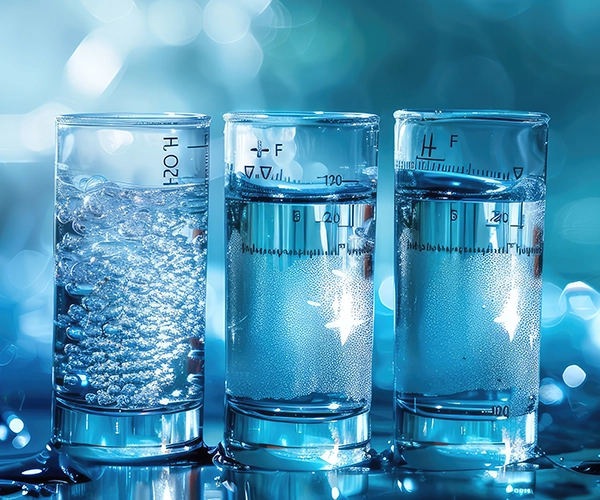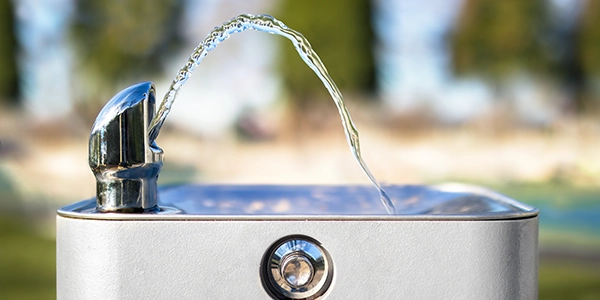What are the National Primary Drinking Water Regulations (NPDWR)?
National Primary Drinking Water Regulations (NPDWR) are legally enforceable standards that apply to Public Water Systems (PWSs) in the United States. These regulations are intended to protect public health by limiting the levels of harmful contaminants in drinking water. The standards are established by the U.S. Environmental Protection Agency (EPA) under the authority of the Safe Drinking Water Act (SDWA).
Limits are typically expressed in terms of Maximum Contaminant Levels (MCLs) and Maximum Contaminant Level Goals (MCLGs). MCLs are the maximum permissible levels for contaminants in water. MCLGs are non-enforceable health goals set at levels at which there are no known or anticipated adverse human health effects. NPDWR also specify how often water systems need to sample and at what points in the system.

What Contaminants Are Covered by the NPDWR?
NPDWR cover an extensive list of nearly 100 contaminants. Broad categories include:
- Microorganisms (e.g., bacteria, viruses, and parasites)
- Disinfection byproducts
- Disinfectants
- Organic and inorganic chemicals
- Radionuclides
The Latest Revisions
In 2024, the EPA finalized changed to two significant provisions under the NPDWR:
On October 16, 2024, two major expansions to the EPA’s Lead and Copper Rule went into effect: the Lead and Copper Rule Revisions (LCRR) and the Lead and Copper Rule Improvements (LCRI). Under these revisions, the action level for lead was lowered from 15 parts per billion (ppb) to 10 ppb. The action level for copper remains at 1.3 parts per million (ppm).
In April 2024, the EPA announced the first-ever NPDWR limits on six PFAS in the nation’s public water systems. PFOA and PFOS Maximum Contaminant Levels (MCLs) were set at 4 parts per trillion (ppt) with Maximum Contaminant Level Goals (MCLGs) of zero. PFNA, PFHxS, and HFPO-DA (GenX) now have individual MCLs set at 10 ppt. In addition, PFNA, PFBS, PFHxS, and GenX are assessed using a Hazard Index (HI) calculation that considers the relative toxicities of these compounds and their combined concentration.

A Laboratory Partner You Can Count On
With more than 40 drinking water laboratories across the country, Pace® is your go-to partner in North America for the analysis of drinking water. You can count on us to provide:
Pace® uses EPA-approved methods for the analysis of drinking water contaminants.
We will never divulge client information to outside entities without your express permission.
When NPDWR drinking water limits are exceeded, we will notify you immediately.
Our secure customer portal allows clients 24/7/365 near-real-time access to their data.
Many Pace® laboratories and service centers across the U.S. offer environmental sampling services and/or sample courier services.
Contact us today for more info on drinking water analysis
Additional Resources
Need to find a drinking water testing lab? Contact us directly or download our list of environmental certifications across our network.